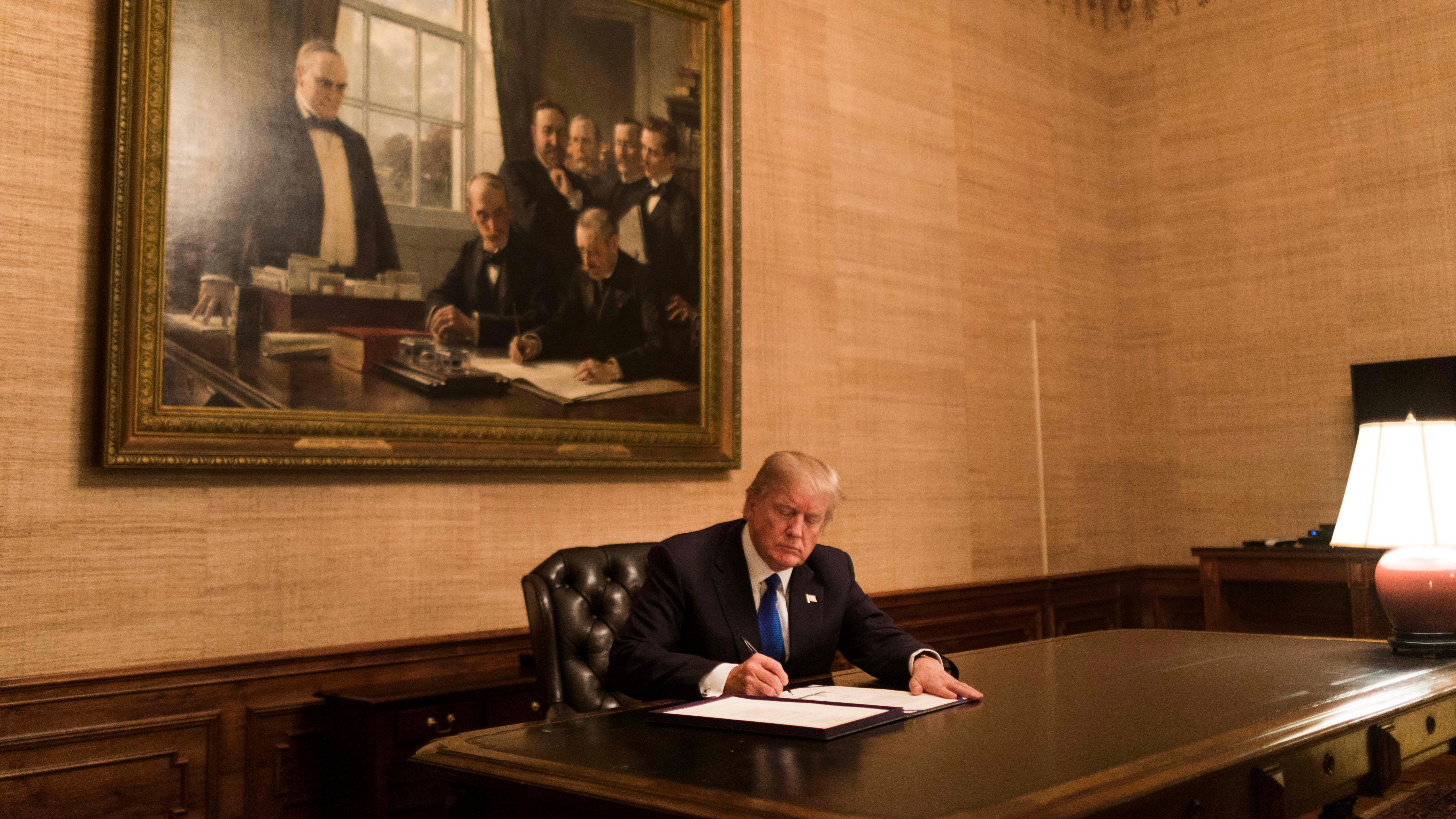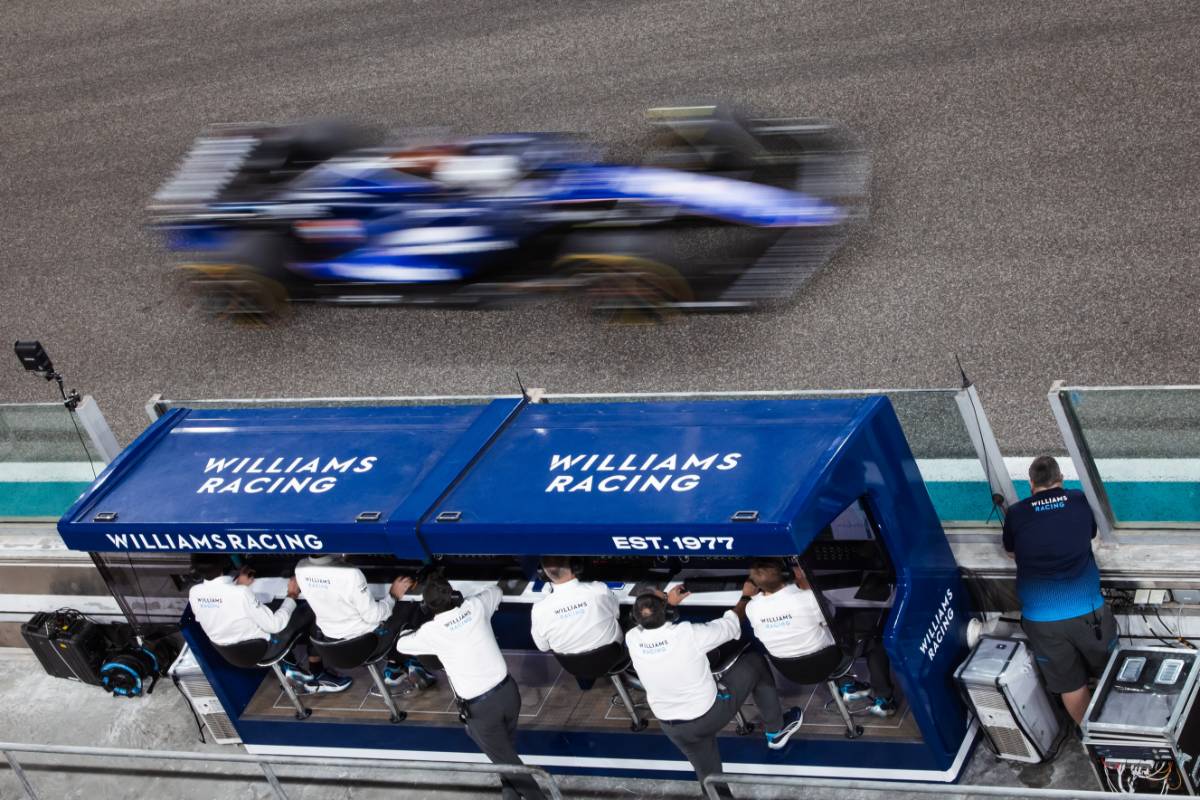Why Mercedes is dusting off a 2020 F1 car for Antonelli
Here's why Mercedes is putting Kimi Antonelli in its F1 car from five years ago...


Formula 1 rookie Kimi Antonelli is well used to driving old Mercedes machinery – having tested both its 2021 and 2022 challengers during previous car runs last year.
But when he rolls out of the garage at Jerez in Spain on Wednesday, to start a post-winter break re-acclimatisation session for added mileage and a bit of extra driver training ahead of his first F1 season, he will be experiencing something different.
That is because, for the two-day run that Mercedes has hired the Jerez track for, Antonelli will be going a bit further back in history – as he will unusually be behind the wheel of its 2020 W11 car.
The choice seems slightly leftfield, especially because, as a product of the previous rules era, it bears little resemblance to the current ground effect cars that the young Italian will be racing this year.
It would surely therefore have made much more sense to get him out in a 2022 or 2023 car to help ensure this week’s effort was as close as possible to what he will expect in the battles ahead.
But Mercedes’ decision to go all the way back to 2020 is deliberate and is a consequence of fresh restrictions that have been imposed this year on the running of old F1 cars.
Up until the end of last year, teams were pretty much unlimited in terms of running, which they could do with older cars.
Under what is officially classified in F1's sporting regulations as ‘Testing Previous Cars’, there was no limit in terms of mileage for anything teams wanted to do in cars that were at least two years old.
This is why some youngsters – like Oscar Piastri with Alpine in 2022 and Antonelli himself last year – conducted full-on test programmes to help them get up to speed with circuits and the race cars.
But as a result of discussions that were triggered by an Imola test that Red Bull did with Max Verstappen in a 2022 RB18 ahead of last year’s Spanish Grand Prix to better understand ride problems with its RB20, the issue over TPC running became a hot topic.
And, amid threats from some teams that they would unleash full-on separate TPC programmes for its race drivers to seek technical gains, new rules were laid down to limit what would be allowed.
The new regulations that were eventually agreed upon imposed a host of new restrictions – including a limit of a maximum of 20 days per year of TPC for each team. Furthermore, current race drivers are limited to just 1000 kilometres of running in TPC cars.
Those new restrictions did in theory still leave the door open to Mercedes to use TPC mileage by running Antonelli in its 2023 car in Jerez.
However, with TPC running deemed to be quite valuable – and Mercedes likely to make use of it for Antonelli during the campaign for running at other tracks or some further driver training – a decision was taken to not unnecessarily burn it up this week for what is nothing more than a re-acclimatisation test after a winter away.
Keeping the TPC allowance in its back pocket is why Mercedes has elected to bring out the 2020 car to make use of what is officially known as Testing of Historic Cars (THC).
This is defined in the regulations as any track running by cars that were: “designed and constructed in order to comply with the Technical Regulations of any of the three calendar years falling immediately prior to the calendar year preceding the year of the championship.”
This effectively means that, for the 2025 season, the cars of 2021, 2022 and 2023 are valid for TPC, while the first year of THC counts as 2020. Current cars are deemed to be the 2024 and 2025 challengers.
While running the W11 may be slightly leftfield, the limited regulation change between 2020 and 2021 means it is not a world away from what Antonelli got used to during his early F1 tests last year.
And, in terms of simply just getting some mileage under his best and driver experience, it will tick the box perfectly.
What's Your Reaction?














































































